How to turn a night-time walk into a chance to grab magnificent images of the night sky
August is a great month for amateur night stargazers: sunset is getting earlier, skies are darker, yet it's warm enough to stay out at night without freezing. And with a few bits of modern technology it's easy to capture beautiful Milky Way pictures as you're out and about.
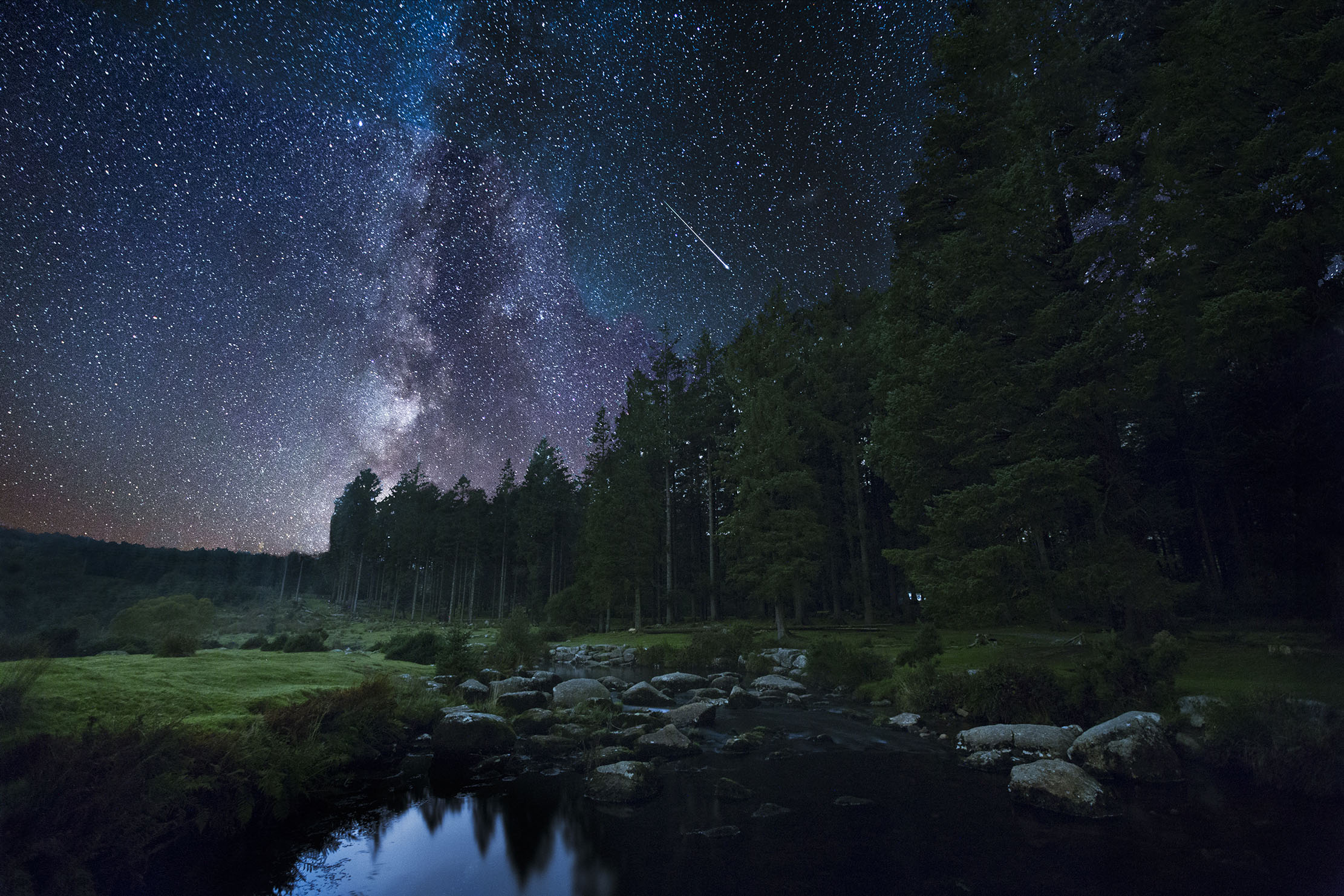
‘How enjoyable the world is, when the summer sun has sunk below the rim of the known globe and there are bright stars over the heavy, still beech hangers, and the always variable, perpetually elegant moon is gibbous,’ wrote John Lewis-Stempel in Country Life a few weeks ago.
I found myself nodding along in agreement (at least until the word ‘gibbous’, that is, which disturbed my idyll and sent me heading to an online dictionary). Perhaps it’s the five years I spent delivering the Sunday papers, but there’s something marvellous about having the world to yourself. And while sleepy, early mornings are great, even better is the night-time — and never more so than at this time of year.
For hardened stargazers, the dead of winter is the best time to get out and enjoy the stars — and with the skies at their darkest, that’s when you’ll find the bulk of the various Dark Sky festivals which take place around Britain.
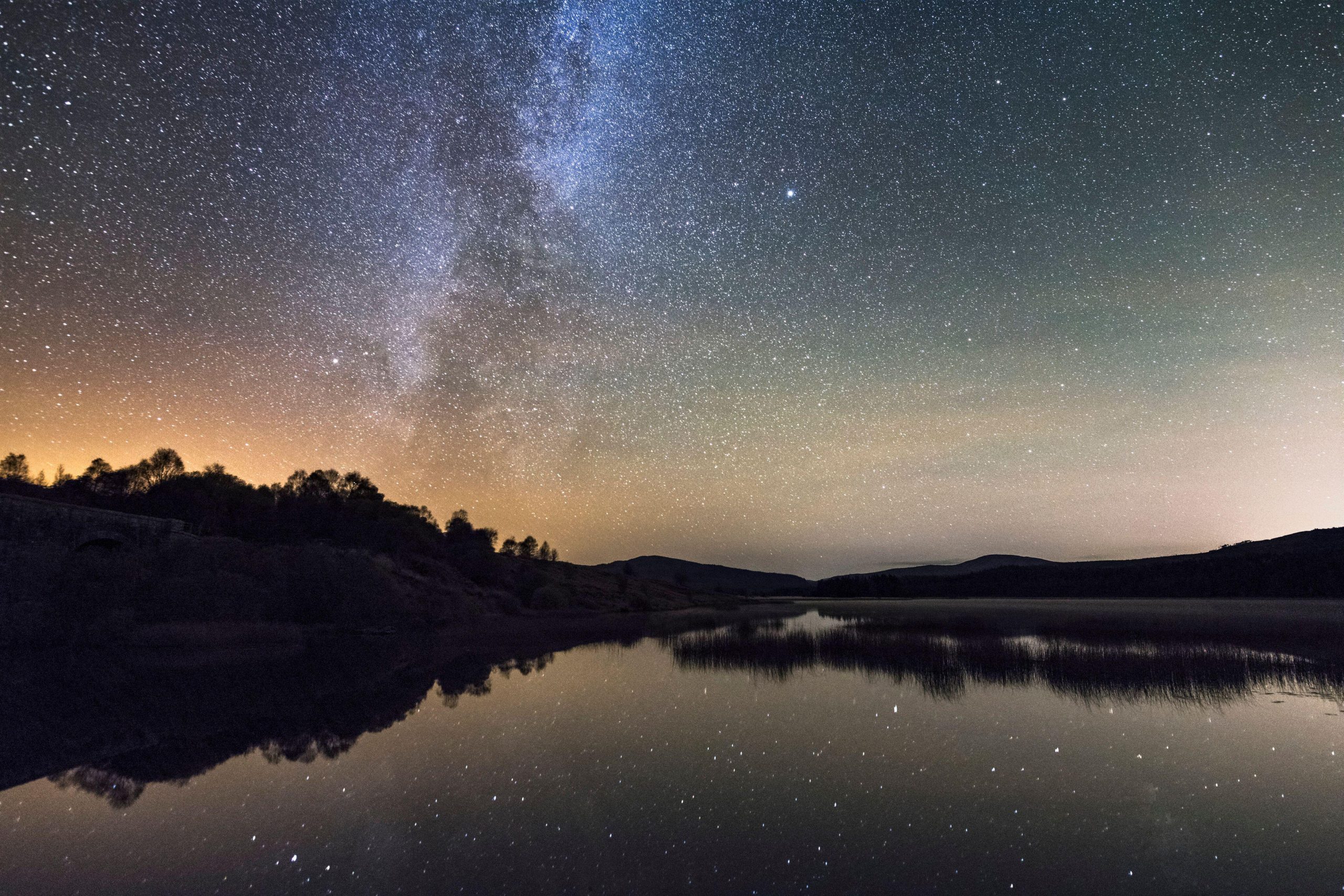
If you’re more of an enthusiastic amateur, however, then the time is now. Britain is at its warmest in August, with a comfortable temperature throughout the night, and a decent likelihood of avoiding rain and cloud. And if you’re determined to get some images of the night sky, then there’s another benefit: unlike the height of June, when the blur of the sun’s rays never quite leaves the horizon, August brings with it truly dark skies at times which are compatible with still being able to get up in the morning. And you’ll still have the world to yourself.
‘Few walk by night, into that other place,’ John continued in his piece. ‘About 11pm — when even farmers are asleep, the day’s work done — the thrill of moonlight presents itself over pastures with sheep sleeping, white and toy-like. Everything is different. In place of bees, glow-worms. Instead of commuting cars, the sky-traffic of fieldfares.’
Inspiring stuff. And for a photographer, modern technology has made capturing these moments all the easier. There was a time when you need an SLR camera, a tripod and endless patience to get a decent photograph of the night sky. These days, a phone such as the Google Pixel 4 will do the job: it comes with an ‘Astrophotography’ mode which makes it simple. Prop the camera up — ideally with a tripod — select the ‘night sight’ mode, and you’re off (there are step-by-step instructions here).
If your phone or camera doesn't have Google's wizardry built in, the basic rules of getting the best that you can remain the same. Pick a dark night. Turn off the flash. Use a tripod if you can. Get the longest exposure you possibly can. And one final little trick: set a three-second delay on the shutter, so that you don't wobble the whole thing as you press the button to take the picture.
Exquisite houses, the beauty of Nature, and how to get the most from your life, straight to your inbox.
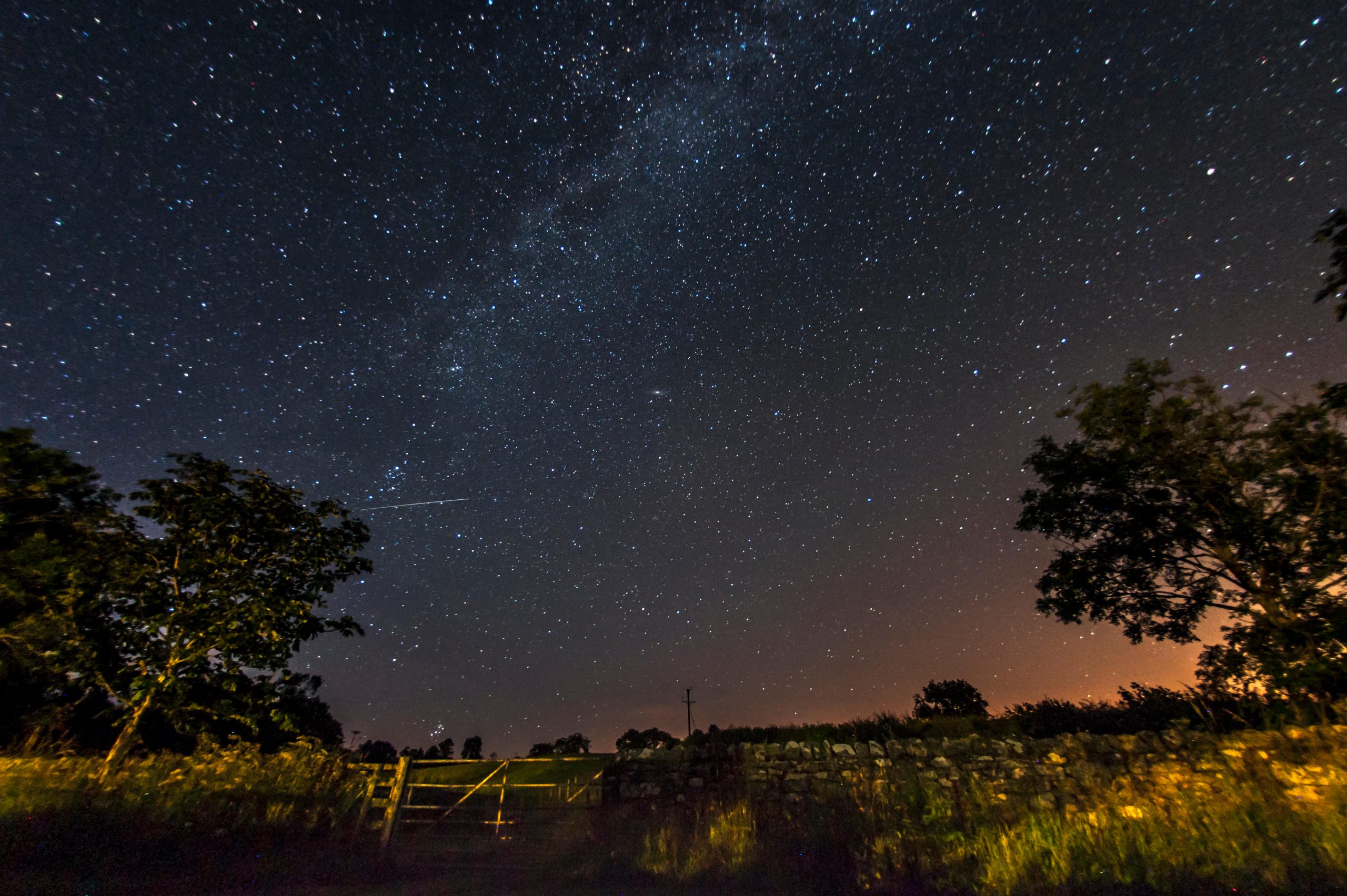
It won’t be quick. The initial picture will be taken fairly speedily, but the phone will then spend a few minutes taking further images to get the absolute most of the visible stars. This can take as much as five minutes, but it’s worth it. Choose the right day (a New Moon, with the sky at its darkest, is best – the next, at the time of writing is August 19) and the results you can get are spectacular.
If you head out into the countryside to photograph the night sky, don’t forget to keep an eye out for the things that you meet on the way. The Google Lens facility built into the Pixel 4 (and downloadable on other Android phones) will help you identify plants, trees and insects — and even birds and animals, should you meet them.
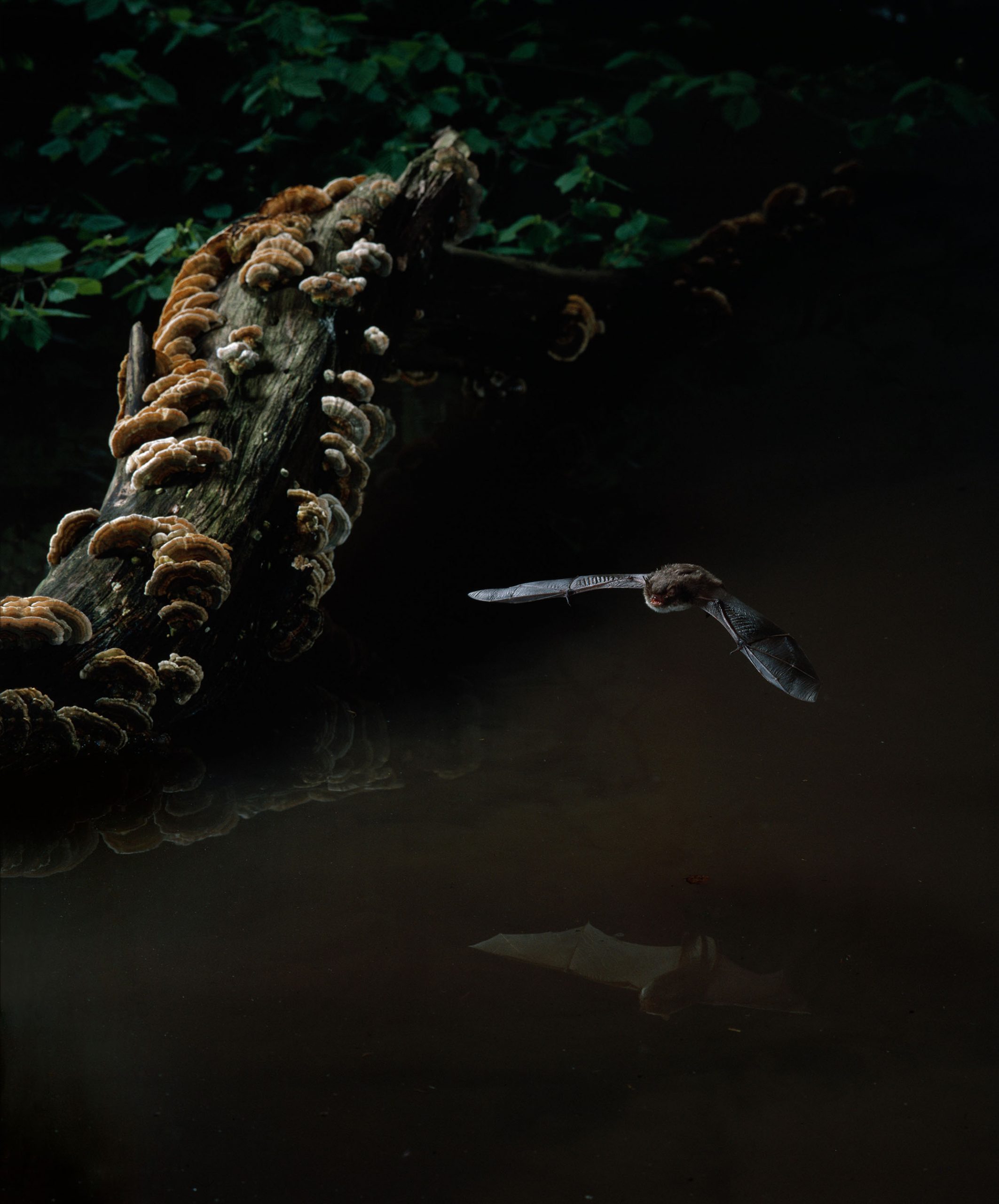
Wildlife really is far more abundant at night — we’ll leave you with one more excerpt from John’s piece:
‘In the night-wood, I have met a badger coming the other way, tipped my cap, said hello. The animals do not expect us humans to be abroad in the dark, which is their time, when the world still belongs to them…
‘To walk the British countryside at night is to enter a dark, adventurous continent, from which we return with deep tales and wondrous knowledge. I have seen a moonbow, an arch of white light in the heavens, I have watched hares box in a star-charmed, wave-earthed ploughfield. I have learned our human insignificance by gazing up at the awe-inducing Milky Way.’
The Google Pixel 4 starts from £669 when bought SIM-free, while the Google Pixel 3a and 4a also have astrophotography mode, and start at £329 and £349 respectively.
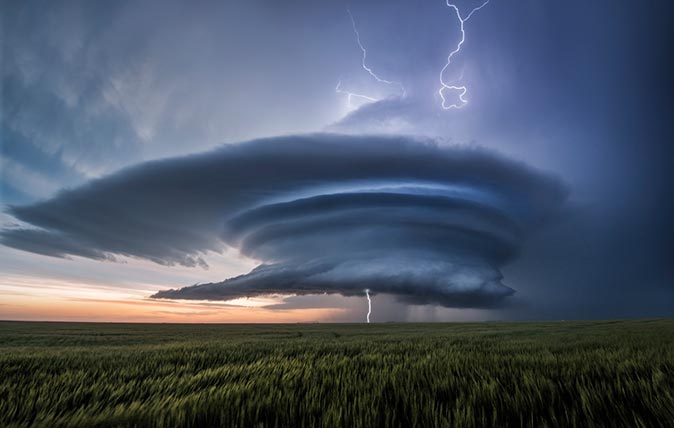
Credit: Images supplied by www.lightandland.co.uk
11 outstanding images from a new show celebrating the incredible heights that landscape photography can reach
A new exhibition shows how modern technology has pushed landscape photography to undreamt-of levels, as the magnificent images on this
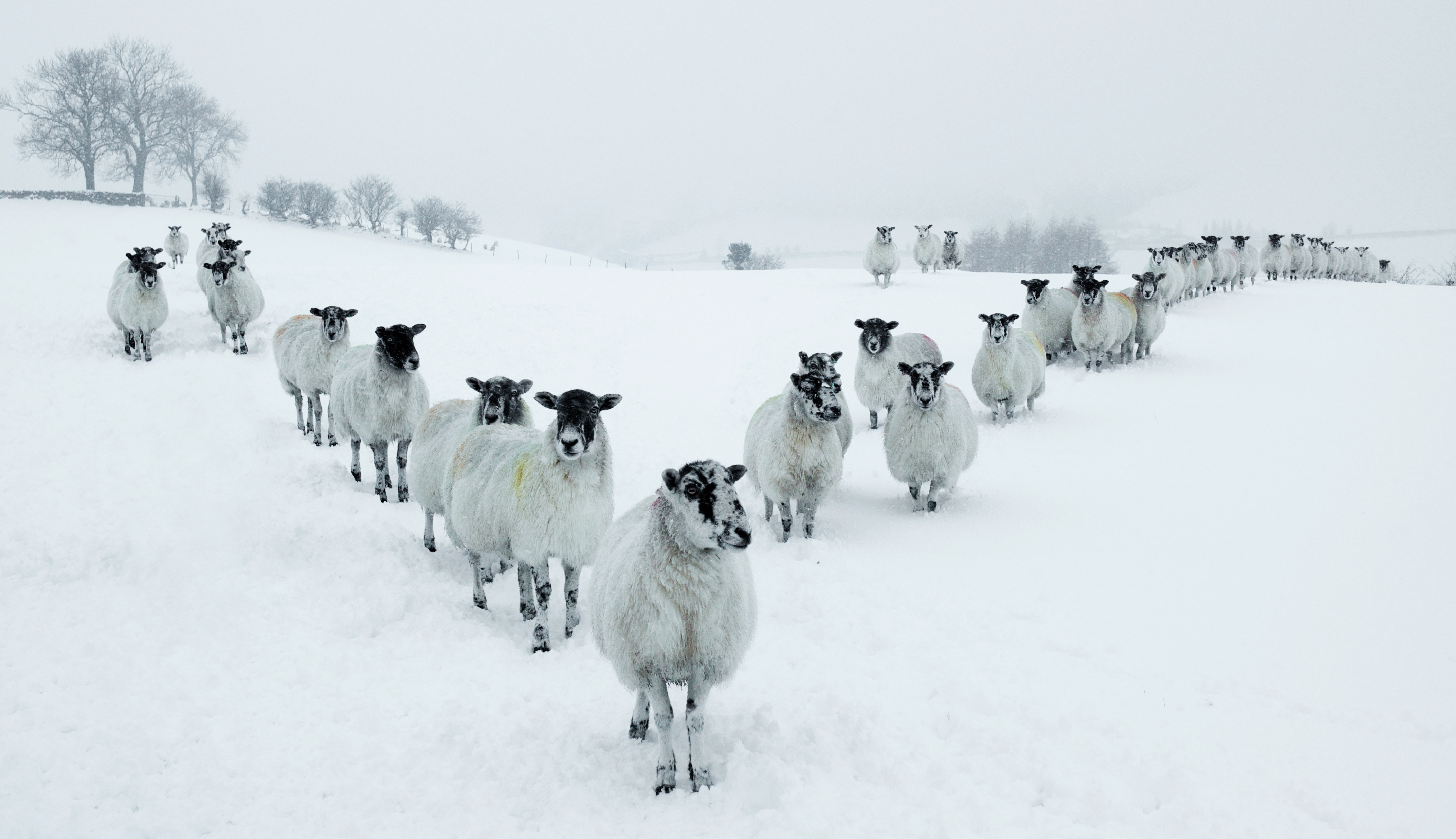
Credit: Getty Images
Eight spellbinding photographs celebrating the wonder and beauty of the British winter
With the chill of winter comes misty mornings and mountainous snowdrifts... a host of elements which combine to create the
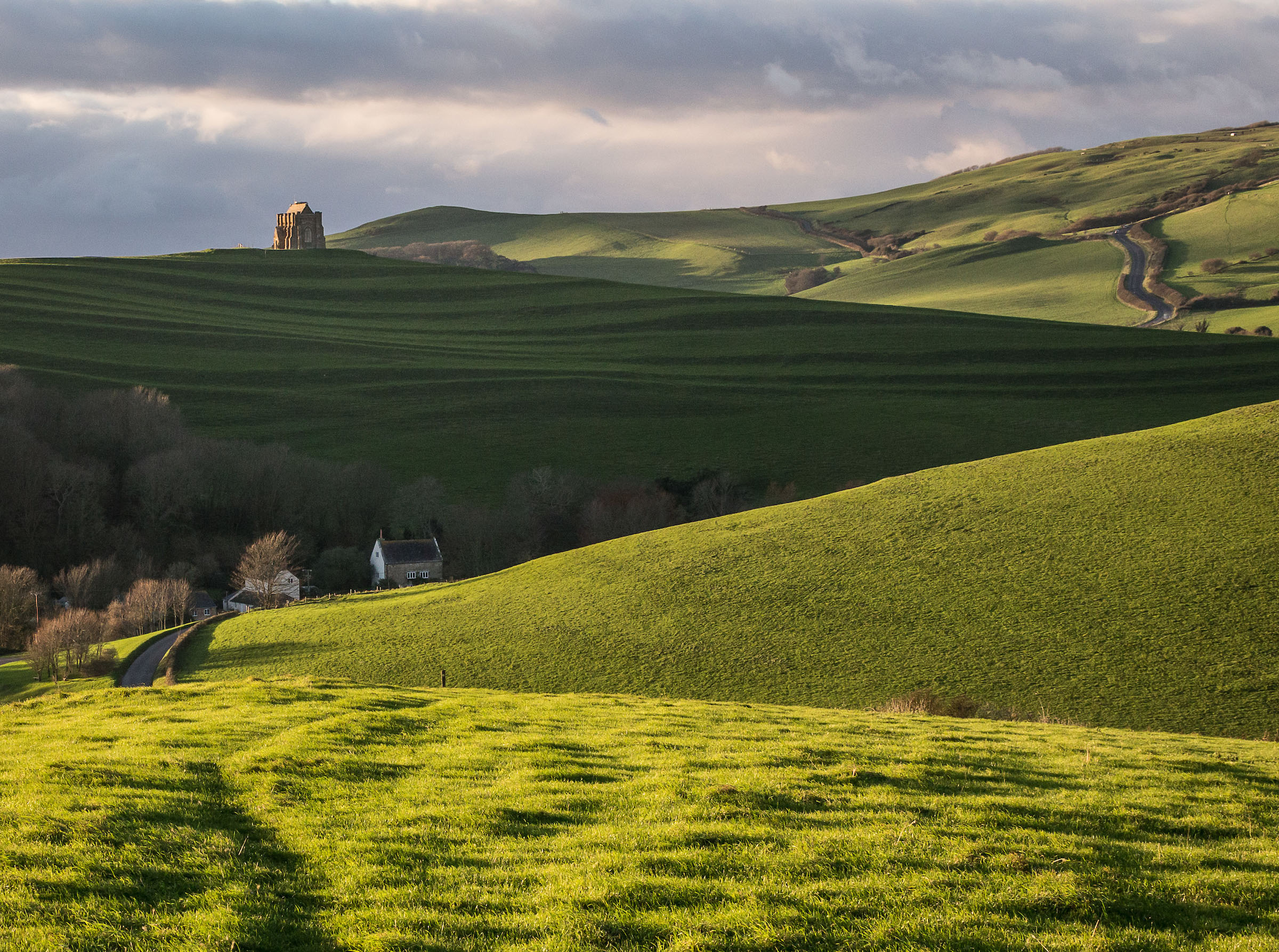
The photographer walking 7,000 miles around the coast of Britain: 'After 450 days of walking I've not been bored once'
Quintin Lake has always loved walking, ever since trekking from Lands End to John O'Groats as a teenager. But his
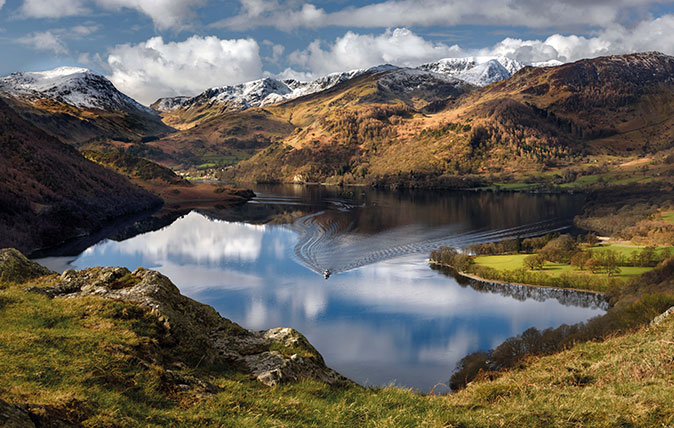
Credit: ©Landscape Photographer of the Year awards - Ken Rennie
15 majestic photographs of Britain that will inspire you to enter the Landscape Photographer of the Year Awards
If you've taken a superb photograph of Britain in the past year, you're still in time to submit it to
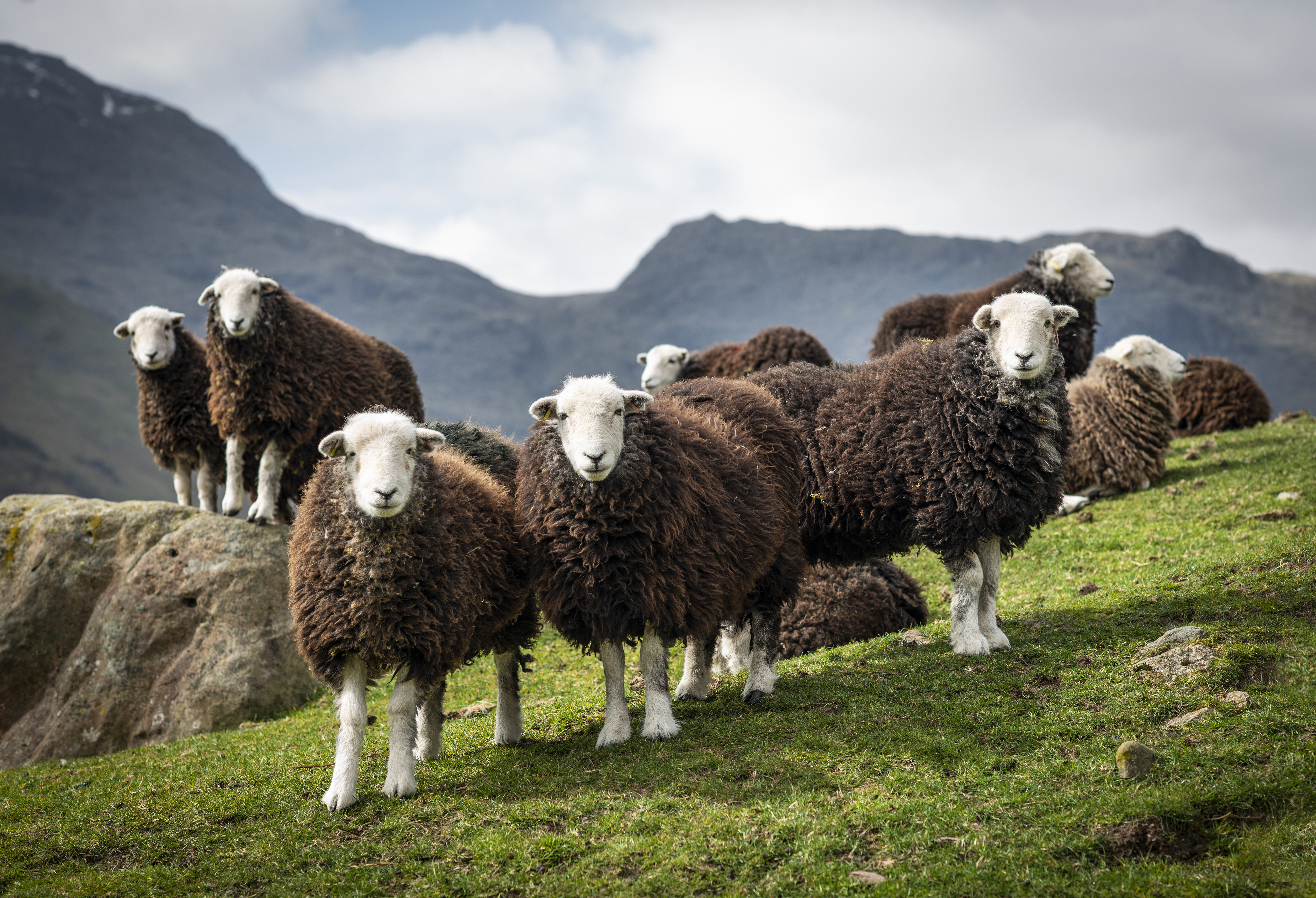
16 absolutely stunning images from the 2020 British Photography Awards
Our picture editor Lucy Ford picks out some of the finest from among the 320 shortlisted images entered for the
Toby Keel is Country Life's Digital Director, and has been running the website and social media channels since 2016. A former sports journalist, he writes about property, cars, lifestyle, travel, nature.

